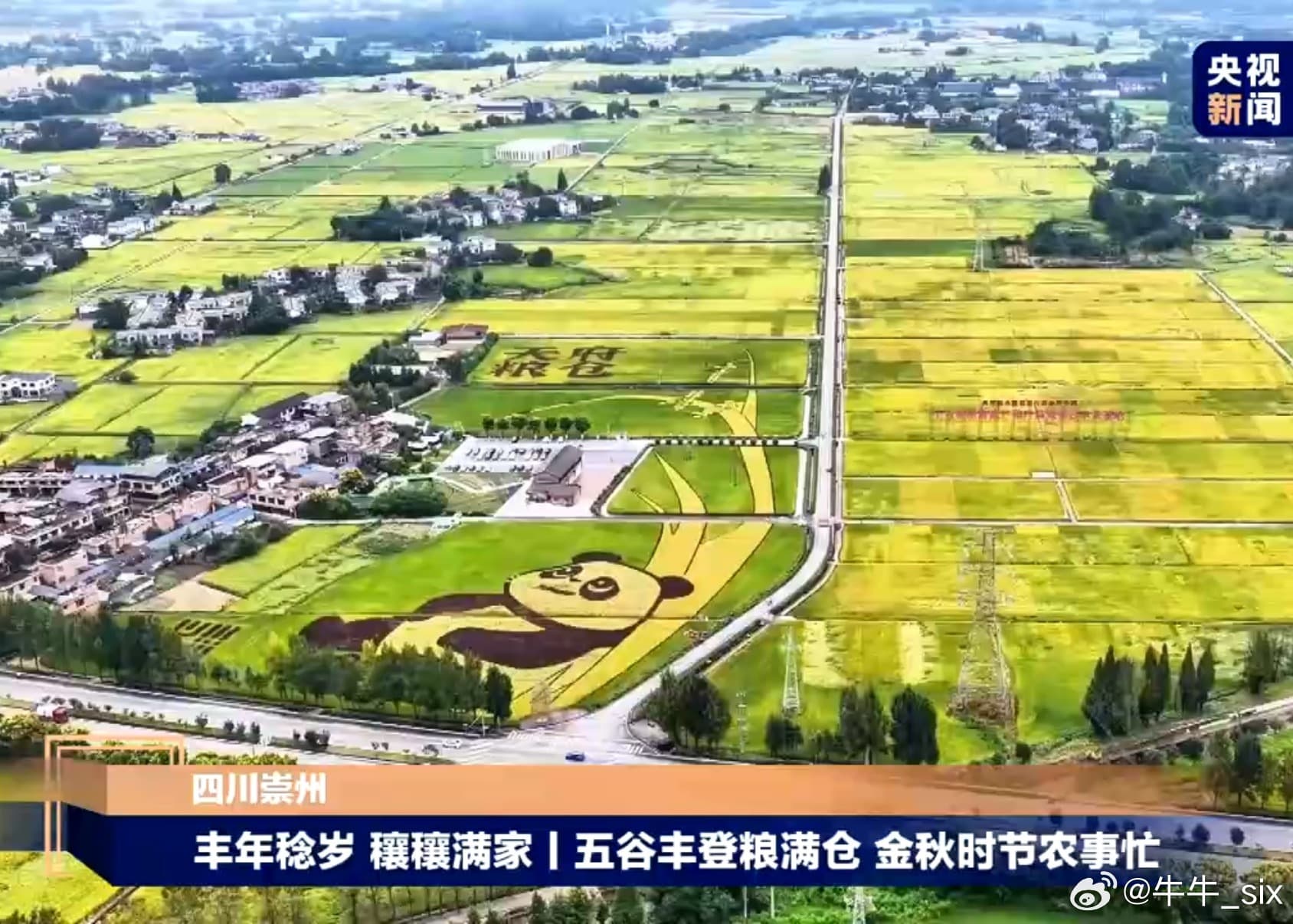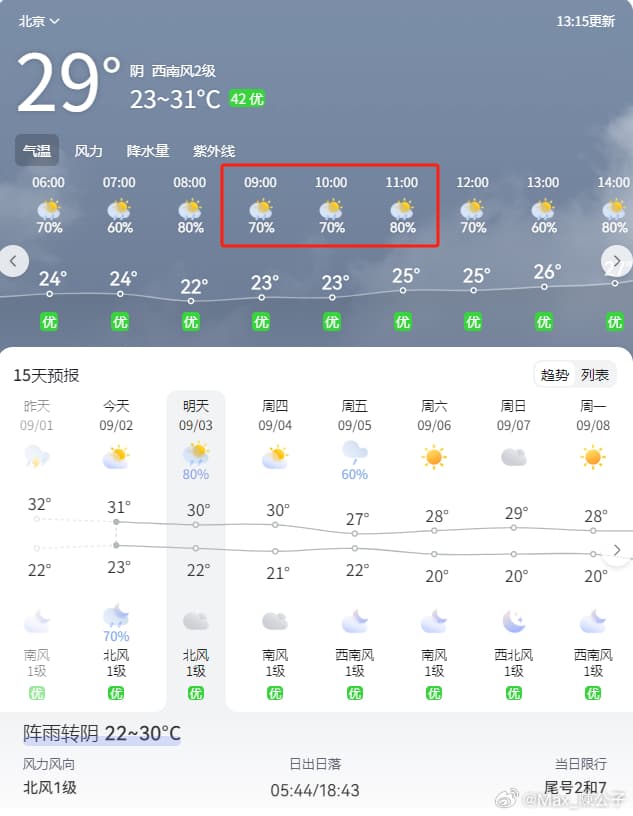Unprecedented Rainfall in Southern China Causes Severe Flooding and Disruptions
In recent days, the southern regions of China have experienced unprecedented heavy rainfall, with the most severe impacts reported in the provinces of Guangxi and Guangdong. The Central Meteorological Observatory upgraded its rainstorm warning to orange, indicating the severity of the situation. The torrential rains led to widespread flooding, significant property damage, and disruptions to daily life. The intensity of the rain was particularly overwhelming in cities like Nanning and Qinzhou. From the night of May 18th to the morning of May 19th, Nanning suffered from an extraordinarily heavy downpour, leading to multiple urban areas being submerged under water. The local authorities reported that the maximum hourly rainfall in Nanning exceeded 100 millimeters, while Qinzhou's Qinnan Longmen Port recorded an astounding 204.7 millimeters in just 60 minutes, breaking previous rainfall records for Guangxi. The impact of this deluge was immediate and severe. Many streets in Nanning were submerged, causing cars and other vehicles to be inundated. The local meteorological department had to issue continuous rainstorm warnings, further elevating the alert to a red warning in the worst-hit areas such as Xixiangtang District. As of the morning of May 19, precipitation in some regions like Xianghu Town in Wuming District reached 258.9 millimeters, indicating the intensity of the downpour.
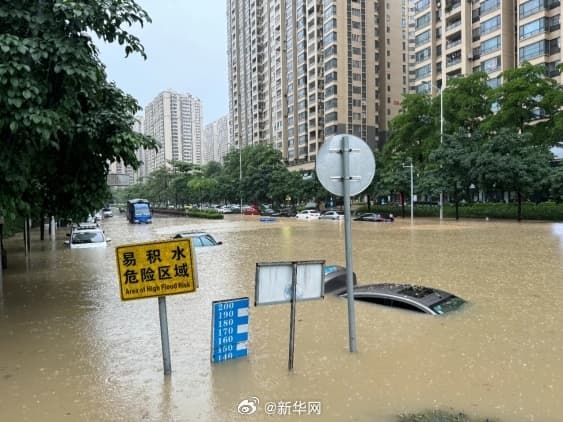
19 May 2024
Residents took to social media to share their experiences and warnings. One user remarked, "This rain is ridiculous, you can’t even book a car ride, thank goodness the flooding isn’t so bad in my area, so I can still ride an electric bike." Another vivid account from a citizen in Nanning said, “Facing this natural disaster, it doesn't matter what position or salary you have.
If it’s not necessary to go out, just stay safe and avoid putting your life at risk.” The local government and emergency services swiftly mobilized to address the flooding and its aftermath. Videos circulated on social media showed citizens using hammers to break through walls to let water out of their homes. One such video was captioned, “Water is flooding into homes, and some citizens are using hammers to break walls to release water.” The severity of the situation forced many to take drastic measures to ensure their safety and protect their properties.
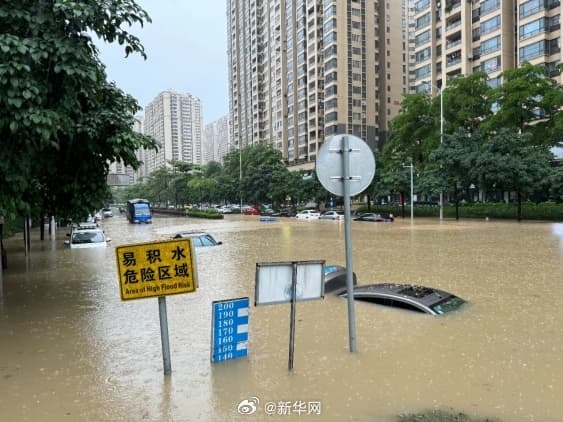
The continuous rain also posed a significant risk of secondary disasters such as landslides and mudslides, particularly in mountainous and coastal areas. The Central Meteorological Observatory's forecast predicts the continuation of heavy rainfall for the coming days, especially in the southeastern parts of Guangxi and the southwestern coastal areas of Guangdong, with some regions expected to experience extraordinarily heavy rain exceeding 250 to 300 millimeters. The storm has not only affected everyday life but also transportation and infrastructure. The Guangdong Province has initiated a Level IV emergency response to manage the flood risks and mitigate potential disasters.

Shenzhen’s railway services faced disruptions, with several trains on major routes suspended to ensure passenger safety. Social media has played a crucial role in disseminating vital information and safety tips during this period. Posts from official sources like the Emergency Management Department provided guidelines on how to stay safe during such extreme weather conditions. Citizens were advised to avoid flooded areas, refrain from walking on waterlogged roads, and stay away from unstable structures. Additionally, there were warnings about the dangers of driving through flooded streets, as one viral post highlighted, “Don’t walk into water recklessly, be cautious of manholes and other hazards.”
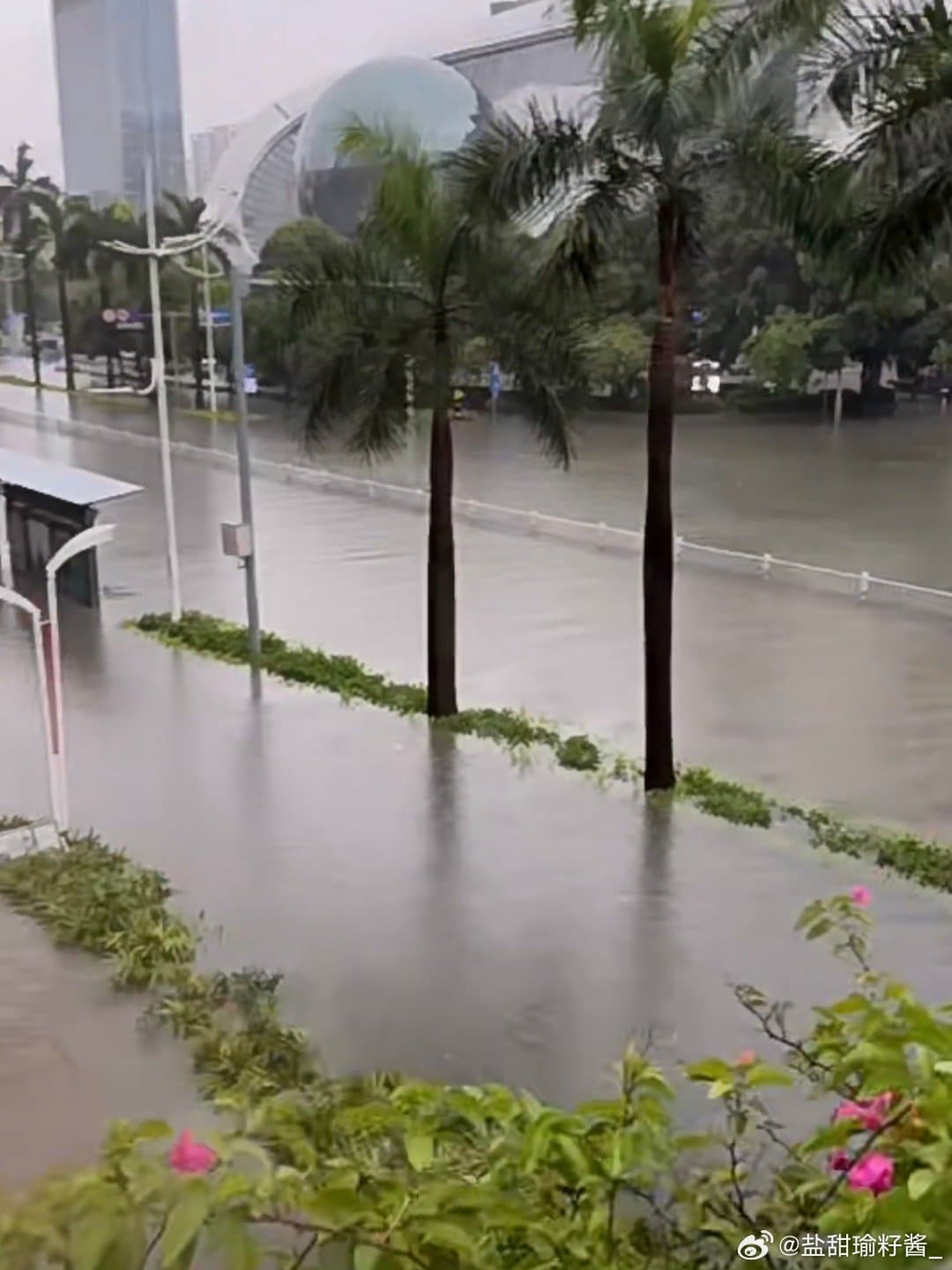
Despite the challenging conditions, the resilient spirit of the residents shone through. Many shared tips on how to navigate through the flooding safely and looked out for one another. There were numerous calls for attention to the weather updates and advisories to prioritize safety over all else.
The meteorological department’s forecast indicated that while the heavy rainfall would persist today, it is expected to weaken significantly by tomorrow. However, the risk of secondary disasters remains high, necessitating continued vigilance. This extreme weather event has underscored the importance of disaster preparedness and the need for robust infrastructure to withstand such natural calamities. As the affected regions work towards recovery, the focus remains on ensuring public safety and restoring normalcy in the communities hit hardest by the floods.


